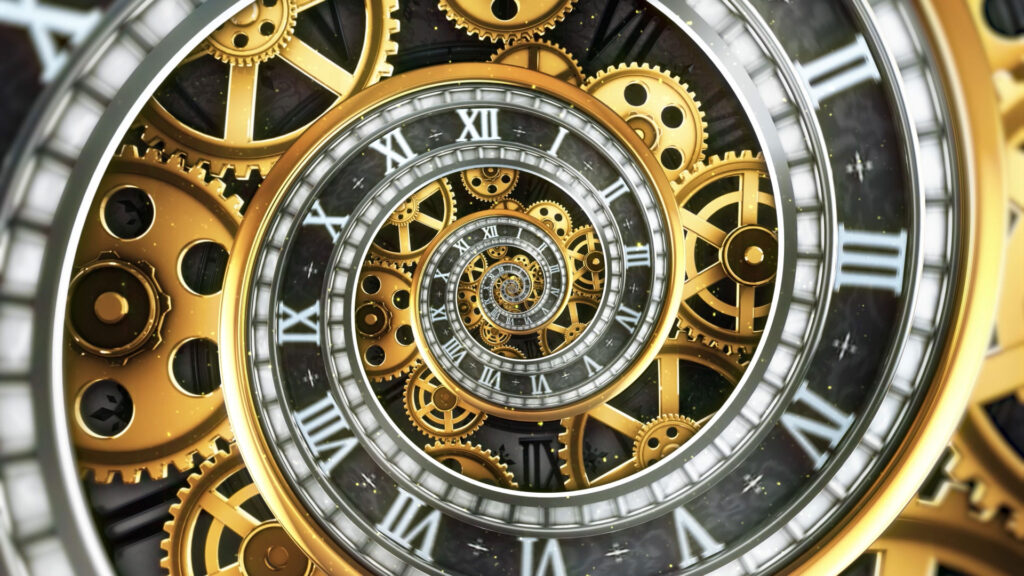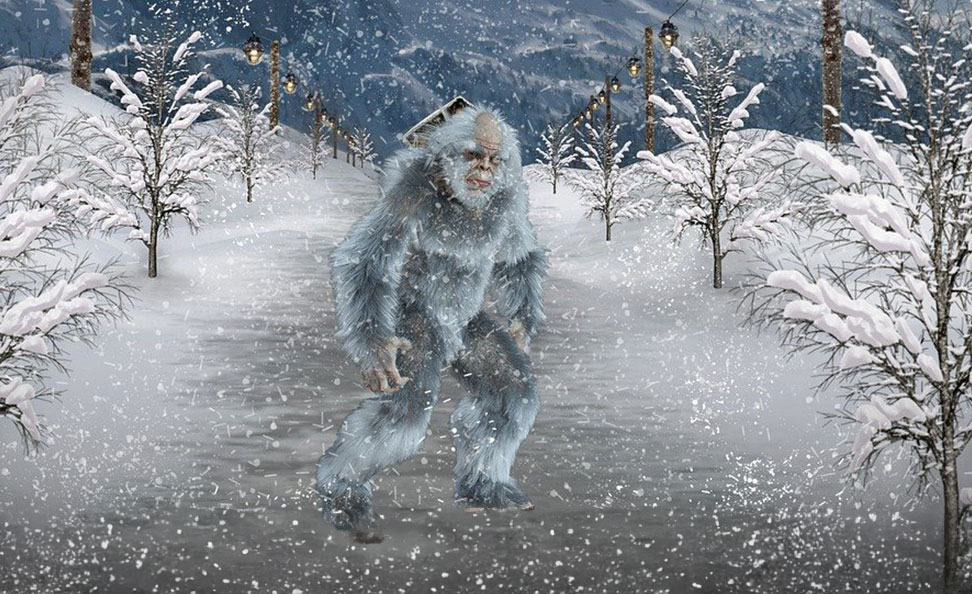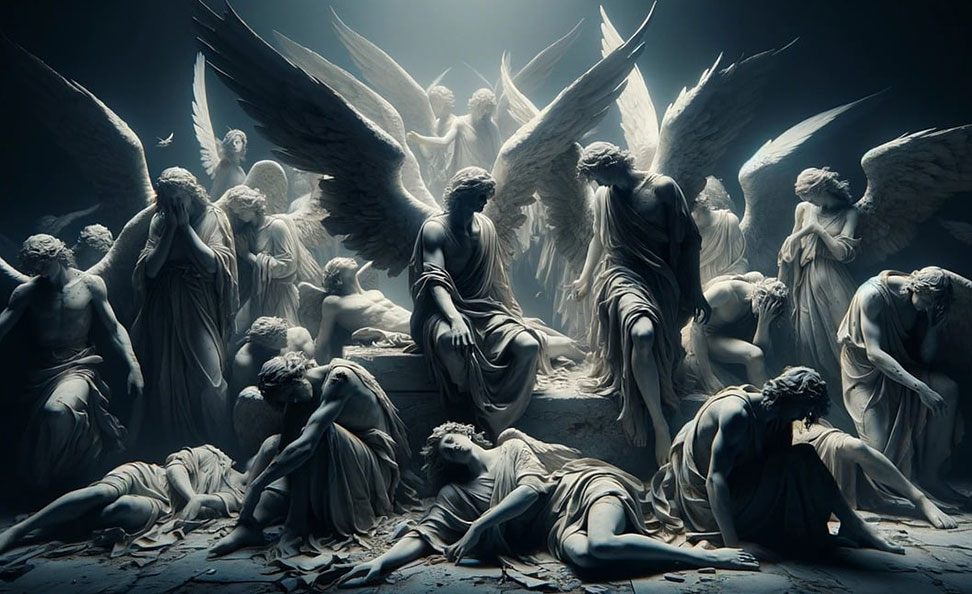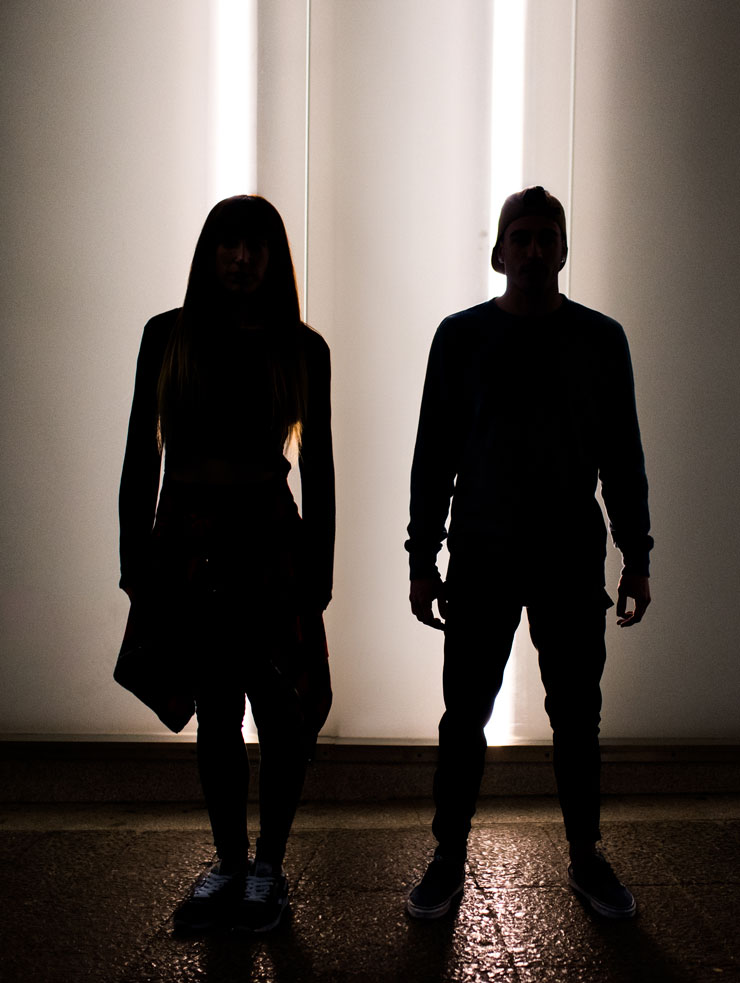Ancient Alien Theory, a captivating and controversial concept, introduces the possibility that extraterrestrial beings played a role in shaping the course of human history. This intriguing theory of ancient alien secrets traces its roots back to the mid-20th century when Swiss author Erich von Däniken popularized the idea through his groundbreaking book, “Chariots of the Gods” Since then, the theory has garnered attention from both enthusiasts and skeptics.
Key figures and proponents championing Ancient Alien Theory include not only von Däniken but also researchers like Zecharia Sitchin, Giorgio A. Tsoukalos, and David Hatcher Childress. These individuals have dedicated their efforts to exploring ancient civilizations’ mysteries and proposing that advanced extraterrestrial beings may have influenced our ancestors.
At its core, Ancient Alien Theory posits that ancient cultures across the globe were visited by technologically advanced beings. Proponents point to a plethora of ancient texts, artifacts, and structures as evidence supporting their claims. The theory suggests that these beings might have shared knowledge, guided human development, or even played a role in the creation of monumental structures like the Egyptian pyramids or the Nazca Lines.
Understanding the basic concepts and claims of Ancient Alien Theory involves grappling with ideas such as ancient astronauts, technological exchanges, and the reinterpretation of mythological stories as potential encounters with extraterrestrial beings. Proponents argue that ancient depictions of gods, chariots, and otherworldly events may be evidence of these encounters, challenging conventional historical narratives.
Evidence for Ancient Alien Theory
The journey of Ancient Alien Theory is a multifaceted tapestry of evidence championed by its proponents to bolster the compelling notion of extraterrestrial visitation during antiquity.
There are three distinct yet interconnected realms: ancient texts and artifacts, architectural marvels, and enigmatic artwork.
Each of these aspects serves as a distinct lens, offering insights into the mysterious narrative surrounding ancient alien secrets.
Examination of Ancient Texts and Artifacts
Ancient texts and artifacts form a cornerstone of evidence for Ancient Alien Theory. Proponents point to texts from various cultures, such as the Sumerian cuneiform tablets and the Hindu Vedas, as containing accounts of otherworldly beings descending from the skies. These narratives often describe advanced technologies, aerial vehicles, and interactions between humans and beings possessing god-like attributes.
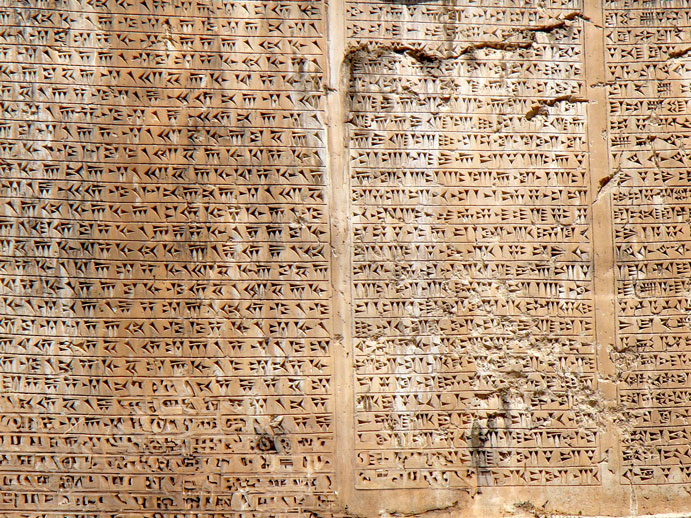
Moreover, artifacts like the ancient Egyptian “Dendera Light Bulb” or the enigmatic Antikythera Mechanism raise eyebrows among theorists. The Dendera Light Bulb, depicted in hieroglyphs, is believed by some to illustrate an ancient electrical device, challenging conventional views of technological capabilities in antiquity. The Antikythera Mechanism, an ancient Greek analog computer, is another enigma, hinting at a level of scientific knowledge that seems incongruent with the accepted timeline of human development.
Analysis of Ancient Structures and Architectural Achievements
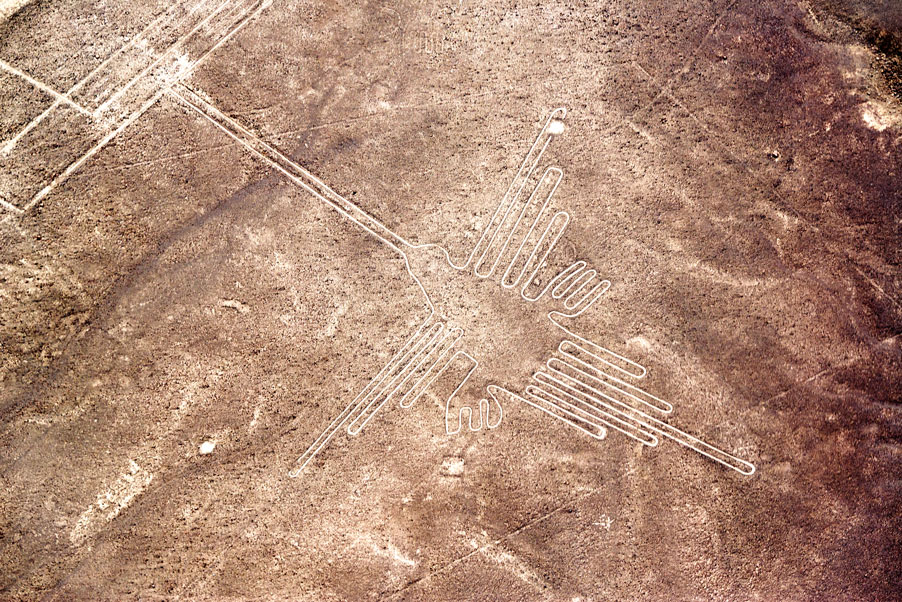
Ancient structures and architectural feats across the globe are often cited as evidence of extraterrestrial influence. The construction of the Egyptian pyramids, Stonehenge in England, or the intricate city of Teotihuacan in Mexico is attributed by some to advanced knowledge provided by alien visitors who shared their ancient alien secrets. The precision in design, alignment with celestial bodies, and colossal scale of these structures spark debates about whether ancient civilizations had assistance beyond terrestrial means.
Additionally, the Nazca Lines in Peru, large geoglyphs etched into the earth, raise questions about their purpose and creation. Some theorists propose that these lines served as landing markers or were created under the guidance of extraterrestrial beings, pointing to a collaboration between humans and advanced entities.
Examination of Ancient Artwork and Symbols
The interpretation of ancient artwork and symbols offers another dimension to the Ancient Alien Theory. Murals, pottery, and sculptures from diverse cultures feature depictions of humanoid figures with peculiar attributes, often resembling what we might envision as extraterrestrial beings. The prevalence of these motifs across geographically distant civilizations raises questions about whether these representations are purely symbolic or if they reflect encounters with beings from beyond our world.
Symbols such as the ubiquitous serpent, found in various cultures worldwide, are often linked to the presence of ancient astronauts. The serpent, a recurrent motif in mythology, is interpreted by some as a metaphor for advanced knowledge brought by extraterrestrial visitors, transcending cultural boundaries and suggesting a shared narrative of ancient alien secrets.
Scientific Analysis of Ancient Alien Theory
In the examination of Ancient Alien Theory through a scientific lens, researchers traverse a landscape that strives for empirical validation concerning claims of extraterrestrial influence on the ancient past.
This investigation entails a comprehensive examination of scientific evidence, incorporating disciplines such as DNA analysis and carbon dating, aiming to either substantiate or challenge the assertions woven into the fabric of this controversial theory.
DNA Analysis and Extraterrestrial Connections
One avenue of scientific inquiry into Ancient Alien Theory involves looking into the genetic material of ancient civilizations. Proponents posit that potential extraterrestrial interactions may have left discernible traces in the human genome. DNA analysis becomes a pivotal tool in this exploration, as researchers examine patterns, anomalies, or markers that might suggest a genetic influence beyond terrestrial origins.
While the notion of extraterrestrial DNA may sound like science fiction, proponents argue that certain genetic variations or anomalies cannot be easily explained through conventional evolutionary processes. However, critics maintain that attributing these variations to extraterrestrial influence lacks empirical evidence and could be explained by natural genetic mutations or interactions within human populations.
Carbon Dating and Temporal Challenges
Another avenue of exploration in the scientific analysis of Ancient Alien Theory involves dating methods, particularly carbon dating. This technique is instrumental in determining the age of organic materials, allowing researchers to establish timelines for ancient civilizations and their artifacts. Proponents argue that anomalies in dating, such as instances where artifacts appear to predate known human civilizations, could signify extraterrestrial involvement.
However, the limitations of carbon dating become apparent when dealing with materials that are thousands of years old. The precision of dating diminishes over time, and factors such as environmental conditions, contamination, and sample size can introduce inaccuracies. Skeptics emphasize the need for cautious interpretation, noting that discrepancies in dating do not necessarily indicate extraterrestrial influence but may result from the inherent challenges of radiometric dating methods.
Scientific Method and the Imperative of Critical Thinking
In the pursuit of understanding Ancient Alien Theory through scientific analysis, it is crucial to adhere to the principles of the scientific method. Rigorous testing, reproducibility, and peer review are essential components that distinguish credible scientific inquiry from speculative conjecture. Proponents and skeptics alike must engage in open dialogue within the scientific community, subjecting their findings to scrutiny and reevaluation.
Moreover, the scientific method emphasizes the importance of critical thinking when evaluating evidence. While DNA analysis and carbon dating offer valuable insights, a cautious approach is necessary to avoid unwarranted conclusions. Critical thinking encourages researchers to consider alternative explanations, assess the reliability of data, and acknowledge the inherent uncertainties in studying ancient civilizations.
Alternative Views and Theories
It is imperative to acknowledge and scrutinize alternative perspectives that offer diverse explanations for the origins of ancient civilizations. One notable alternative theory is the indigenous development theory, which posits that human societies independently evolved without external interference from extraterrestrial beings sharing their ancient alien secrets.
Indigenous Development Theory: Unraveling Independent Human Evolution
The indigenous development theory challenges the notion that extraterrestrial entities played a pivotal role in shaping the course of human civilization. Proponents of this theory assert that the advancements and achievements of ancient cultures were the result of human ingenuity, resourcefulness, and adaptation to their respective environments.
By examining archaeological evidence, cultural evolution, and environmental factors, researchers supporting this theory aim to establish a narrative that emphasizes the inherent capabilities of human societies to independently progress.
Criticisms and Counterarguments: A Closer Look at Skepticism
While Ancient Alien Theory has garnered considerable attention, it is not without its critics. This section delves into the criticisms and counterarguments put forth by skeptics who question the validity of attributing ancient achievements to extraterrestrial intervention. Skeptics argue that interpreting ancient texts, artifacts, and structures through the lens of ancient alien influence may overlook alternative explanations rooted in cultural, social, or technological factors.
By examining these critiques, we gain a more nuanced understanding of the ongoing debate within the archaeological and scientific communities.
Emphasizing Balanced Inquiry: The Need for Critical Examination
Understanding alternative views and theories necessitates a commitment to a balanced and critical examination of Ancient Alien Theory. It is essential to approach the discourse with an open mind, recognizing the merit of diverse perspectives while maintaining a rigorous standard of scrutiny. The fostering of an environment of critical thinking, allows scholars and enthusiasts alike to contribute to a more comprehensive understanding of ancient civilizations’ origins.
The Impact of Ancient Alien Theory
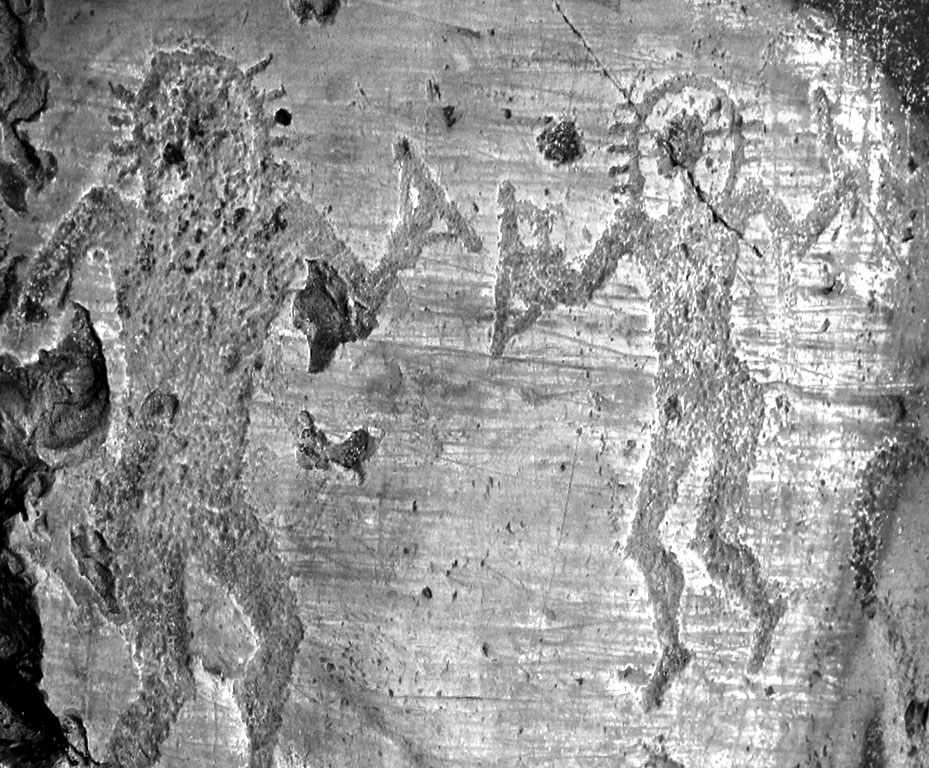
The profound influence of Ancient Alien Theory extends across the realms of history, archaeology, and culture, shaping narratives and perceptions in ways that resonate far beyond academic circles.
Unraveling Historical Narratives: A Paradigm Shift in History
Ancient Alien Theory has injected a sense of intrigue and revisionism into the conventional historical narrative. By suggesting that extraterrestrial beings may have played a role in shaping ancient civilizations, the theory challenges established perspectives on the achievements and advancements of human societies.
This paradigm shift prompts historians to reevaluate the motivations behind monumental feats and technological innovations, introducing the notion of ancient alien secrets, and paving the way for alternative interpretations of historical events.
Archaeology in the Spotlight: Reinterpreting the Past
The influence of Ancient Alien Theory on archaeology is undeniable, as researchers grapple with the implications of potential extraterrestrial interactions with ancient civilizations. Artifacts, structures, and ancient sites are reexamined through the lens of this theory, prompting archaeologists to consider alternative explanations for the mysteries uncovered in their excavations.
This constant reassessment fosters an environment of academic curiosity and drives archaeological inquiry into uncharted territories, challenging preconceived notions about the capabilities and influences on past civilizations.
Cultural Permeation: Ancient Aliens in Popular Culture
Beyond academic circles, Ancient Alien Theory has permeated popular culture, becoming a captivating subject in mainstream media. Television programs, documentaries, and books dedicated to exploring the mysteries of ancient extraterrestrial connections have captivated audiences worldwide.
The theory’s integration into popular discourse sparks conversations that extend beyond traditional academic boundaries, allowing for a more inclusive dialogue on the intersection of ancient history and potential cosmic influences.
Shaping Perceptions of the Universe: Philosophical Implications
Ancient Alien Theory doesn’t merely scrutinize the past; it also prompts contemplation of our place in the universe. The idea that extraterrestrial beings may have contributed to the development of human civilization challenges our understanding of cosmic relationships.
This philosophical exploration encourages individuals to reflect on the vastness of the universe, our connection to celestial entities, and the potential implications of extraterrestrial interactions for the broader cosmic narrative.
Mystical Finale
In summarizing our exploration of Ancient Alien Theory, we’ve unveiled a mosaic of ideas and evidence that both captivates and challenges our understanding of the past. Throughout this discussion, we’ve examined the origins and proponents of ancient alien theory, exploring diverse strands of evidence encompassing texts, artifacts, structures, and artwork. The scrutiny of scientific analyses and alternative views contributes to shaping this intriguing narrative.
At the heart of ancient alien theory is the idea that extraterrestrial beings may have influenced the trajectory of human civilization. Ancient texts, architectural marvels, and symbolic artwork serve as pivotal components in this narrative, suggesting a historical past beyond conventional interpretations. Understanding these key concepts—ranging from texts hinting at celestial visitors to structures challenging conventional construction knowledge and symbols depicting otherworldly beings—provides a foundational understanding for ongoing inquiry.
The examination of the current state of ancient alien theory reveals its continuous evolution. This theory remains a subject of fascination, sparking ongoing research, debates, and a reevaluation of historical narratives.
Despite gaining mainstream attention, skepticism and alternative theories persist within academic and scientific communities, emphasizing the complexity and nuance inherent in the quest for understanding.

